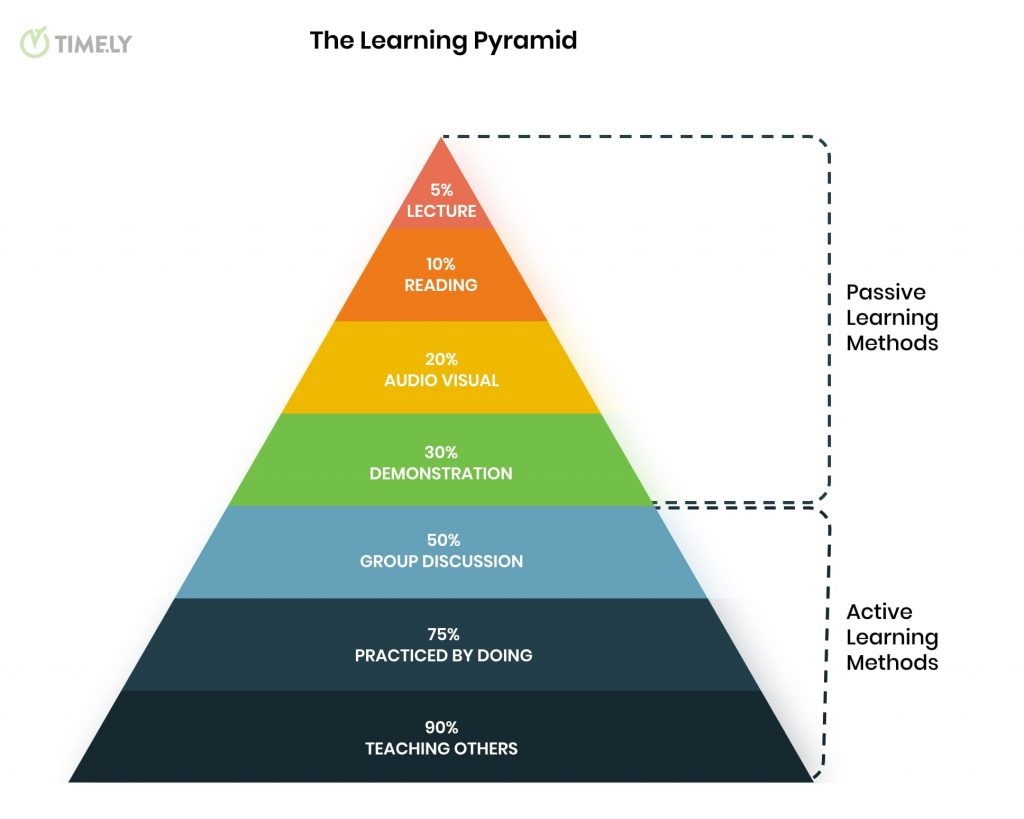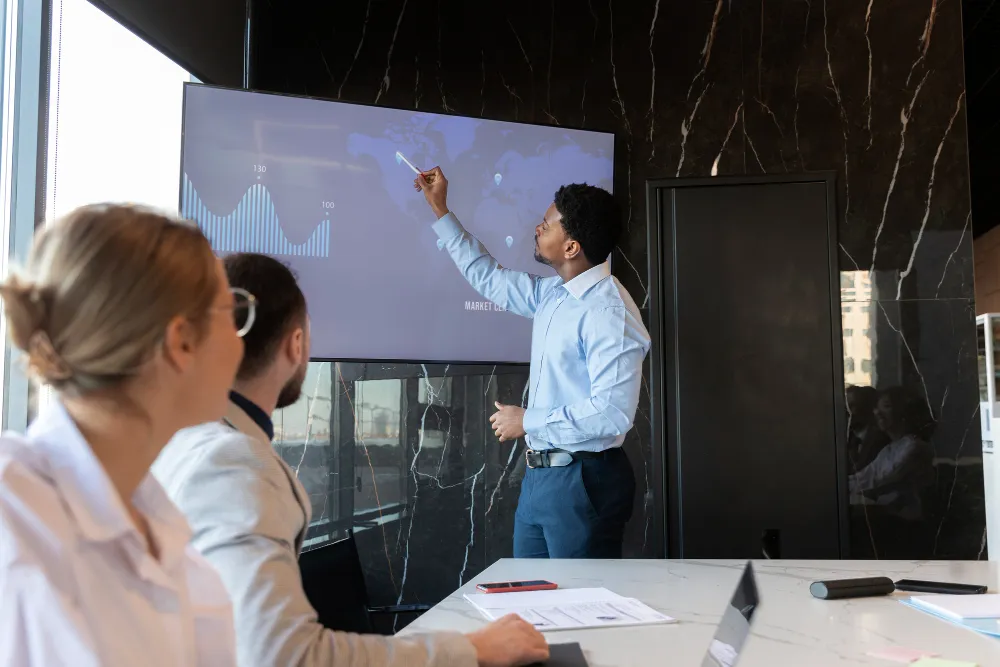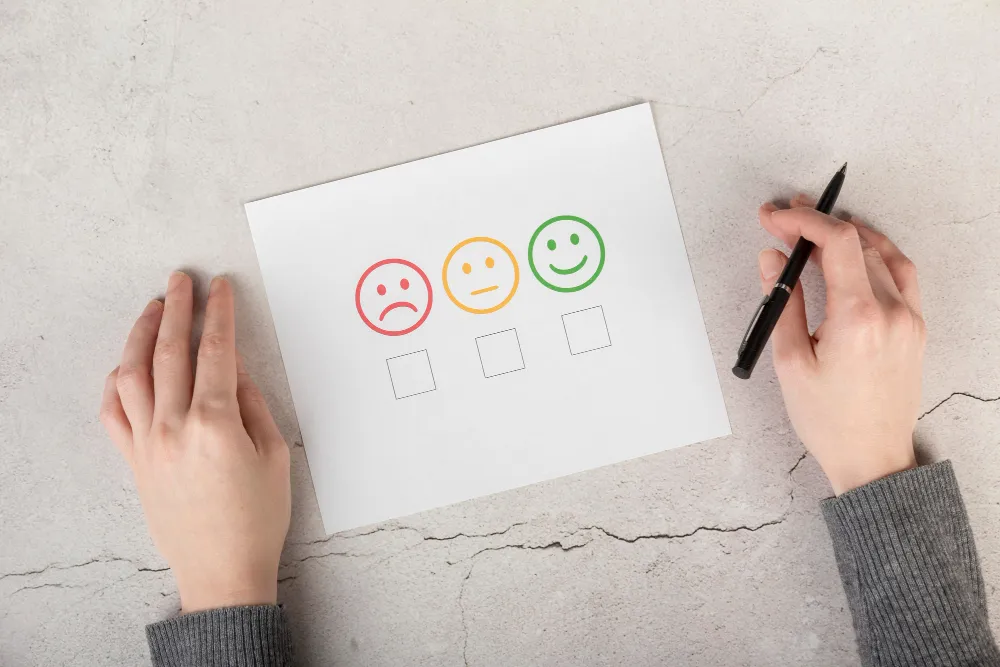
The Learning Pyramid: Explained for Training Providers
The Learning Pyramid stands as a beacon of guidance in the realm of education and training. It illuminates the most effective strategies for knowledge retention and skill acquisition on an uncomplicated cone shape design. For this reason, it has been also named the Learning Cone. As training providers, part of your mission is to empower learners with valuable insights and competencies. Therefore, understanding and implementing the principles of the Pyramid of Learning can be invaluable in the way you design, deliver, and enhance your training programs.
In this comprehensive blog post, we will dive deep into the Learning Pyramid model, exploring its origins, its implications for training. We will also explain how you can harness its power to elevate the impact of your educational endeavours.

I. Decoding the Learning Pyramid: A Foundation for Effective Training
1. Unveiling the Pyramid Learning Concept
The Learning Pyramid, also known as the “The Learning Cone”, “The Cone of Learning”, “The Pyramid of Learning”, “The Cone of Retention” and “The Pyramid of Retention”, is a conceptual model that illustrates the varying levels of retention associated with different learning methods.
Developed by educational theorist Edgar Dale and the National Training Laboratories Institute, this model has become a cornerstone in educational psychology and instructional design. It emphasizes the hierarchy of engagement, positing that learners retain information more effectively when they actively participate in the learning process.
2. Edgar Dale's Legacy: The Birth of the Learning Pyramid
The Pyramid of Learning finds its roots in the pioneering work of Edgar Dale, who sought to unravel the nuances of effective learning.
Dale's groundbreaking research challenged the traditional passive lecture format, leading him to propose a new approach that prioritized experiential and interactive learning methods. Furthermore, his journey culminated in the creation of the Learning Cone, a visual representation that resonates with educators and training providers to this day.

II. Climbing the Steps: The Hierarchy of Learning Modalities
The Learning Pyramid serves as an illustrative framework delineating seven distinct methods of learning, each characterized by its efficacy in terms of knowledge retention. Also, this empirical data, meticulously researched by the National Training Laboratories Institute, highlights the varying degrees of effectiveness associated with each method.
The pyramid itself is bifurcated into two segments: active and passive. Furthermore, active learning methods exhibit a notably higher percentage of knowledge retention in comparison to their passive counterparts. Let's delve into an exploration of each of these methodologies below:
- Lecture
- Reading
- Audio visual
- Demonstration
- Group discussion
- Practiced by doing
- Teaching others

1. Lecture: The Tip of The Learning Pyramid (Retention Rate: 5%)
The first learning method in the hierarchy of the Learning Pyramid is traditional lectures, which provide foundational knowledge. While lectures alone have a relatively low retention rate, they can still be effective when combined with interactive elements.
Training providers can enhance lectures by incorporating real-world examples, encouraging questions and discussions, and using multimedia to support the content. Also, by balancing lecture-based learning with more engaging activities from the higher tiers of the Learning Pyramid model, educators can improve knowledge retention.

2. Reading: Further Exploring The Cone of Learning (Retention Rate: 10%)
Reading is another foundational learning method, positioned within the broader framework of Edgar Dale's Learning Pyramid. While it has a slightly higher retention rate compared to lectures, it's important to complement reading with other activities.
Training providers can guide learners on active reading techniques, such as summarizing and relating concepts to personal experiences. Additionally, integrating interactive quizzes or assignments based on the reading material can improve engagement and retention.
3. Audio Visual Learning: Another Step Into the Pyramid (Retention Rate: 20%)
Visual aids like images, videos, and info-graphics significantly enhance learning and contribute to the Learning Cone.
Training providers can incorporate visually appealing materials that complement the training content. These visuals should be clear, relevant, and directly related to the concepts being taught. This approach not only increases retention but also caters to different learning styles.
4. Demonstration: The Last Passive Learning Method (Retention Rate: 30%)
Demonstrations involve showing how concepts are applied in real-life situations, fitting within the framework of the Cone of Learning.
For training providers, incorporating live demonstrations or video tutorials can bridge the gap between theory and practice. Furthermore, by aligning demonstrations with learners' future work environments, training providers can help participants grasp the practical relevance of the training material.

5. Group Discussion: Diving into Active Learning (Retention Rate: 50%)
Engaging in group discussions allows learners to interact, share perspectives, and learn from one another, an essential aspect of the Learning Pyramid.
Training providers can facilitate structured discussions around key topics. This encourages critical thinking, problem-solving, and the exchange of diverse viewpoints. Also, incorporating group activities encourages active participation and deeper understanding.
6. Practice: A Jump in Learning Retention (Retention Rate: 75%)
Learning by doing is a pivotal principle in the Learning Pyramid.
Training providers should design practical exercises and simulations that mirror real-world scenarios. This way, learners can apply their knowledge, make decisions, and experience consequences in a controlled environment. Regular practice reinforces understanding and boosts retention significantly.

7. Teaching Others: The Learning Pyramid's Base (Retention Rate: 90%)
The pinnacle of the Learning Pyramid involves teaching others, reinforcing the highest level of retention within the Cone of Learning.
Training providers can encourage learners to become peer instructors or mentors. When learners teach concepts to others, they solidify their understanding and memory. This step promotes deep learning and long-term retention while building confidence and communication skills.
By thoughtfully integrating the principles of Edgar Dale's Learning Pyramid, training providers can create effective and well-rounded learning experiences that cater to various retention rates at each stage of the learning process.
III. Guiding Principles for Training Providers: Elevating the Learning Experience
1. Balancing the Learning Cone for Optimal Retention
To harness the power of the Learning Pyramid, training providers must adopt a balanced approach. Combining various modalities based on the context of the training program ensures optimal retention. Therefore, design your curriculum to include active discussions, visual aids, reading materials, demonstrations, and ample opportunities for practical application.

2. Interactive Learning Platforms: Fostering Engagement
Embracing digital interactive learning platforms aligns seamlessly with the principles of the Pyramid of Learning. Also, incorporating whiteboard apps, discussion forums, multimedia presentations, and interactive simulations can create an immersive environment where learners actively construct knowledge and skills.
3. Personalization in The Learning Cone: Nurturing Individual Learning Styles
Recognizing that learners have diverse preferences and learning styles is paramount. Tailor your training programs to accommodate visual learners, auditory learners, and those who thrive on hands-on experiences. Further, this approach enhances engagement and ensures that learners resonate deeply with the content.
IV. Conclusion: Building a Solid Foundation for Training Success

4. Feedback and Assessment: Reinforcing Learning
Regular feedback loops and assessments provide a checkpoint for learners to gauge their progress. They also allow training providers to adjust their strategies based on learner needs, ensuring a dynamic and effective training experience as seen in the Learning Pyramid.
In the dynamic landscape of education and training, the Learning Pyramid stands as a guiding light, illuminating the path to effective knowledge retention and skill development. As training providers, embracing the principles of the pyramid can be transformative. By combining active learning, visual aids, demonstrations, and hands-on practice, you create a holistic learning experience that resonates deeply with your learners.
Furthermore, as you ascend the steps of the Learning Cone, you are not just imparting knowledge – you are sculpting competencies, fostering critical thinking, and empowering individuals to thrive in their chosen fields.
Finally, this model, crafted by Edgar Dale and refined through years of educational research, serves as a testament to the potential of experiential, participatory, and dynamic learning. By embracing the Learning Pyramid, you're not just providing training; you're building a foundation for lifelong success.

V. Unlock the Full Potential of the Learning Pyramid with Timely Training Management Software
As you navigate the intricacies of the Learning Pyramid to enhance your training programs, one vital aspect is the seamless management and organization of your educational endeavours. This is where Timely Training Management Software steps in as a great ally.
Indeed, Timely complements your efforts by ensuring efficient training promotion, course registration, and interactive engagement. In addition, Timely offers Professional Services to speed up software implementation and adoption, as well as a comprehensive Help Center with useful product documentation and guides.
Let Timely be the cornerstone that supports your journey up the Learning Pyramid, transforming training into a holistic, impactful, and well-orchestrated experience for both trainers and learners. Contact us today and elevate your training prowess with Timely LMS for Training.
Table of Contents

Event Management Updates
If you want to know more Timely company and product update news, please visit our Event Management Blog. There is always something new happening at Timely, so we do our best to keep our clients on the loop!
You might also like







